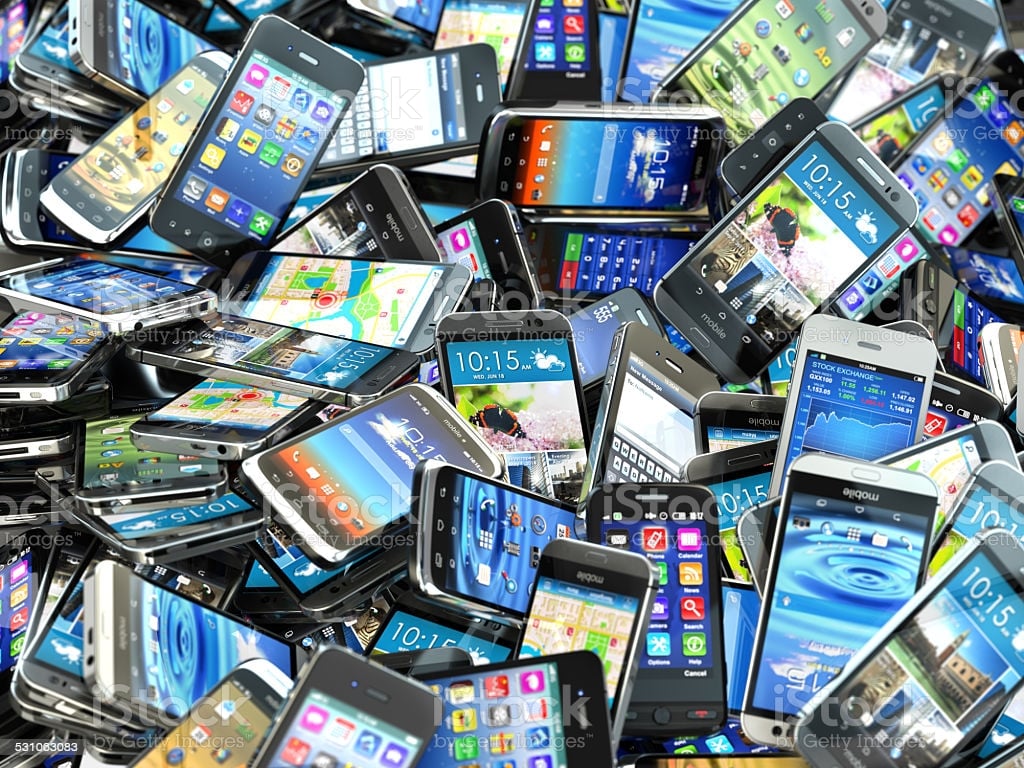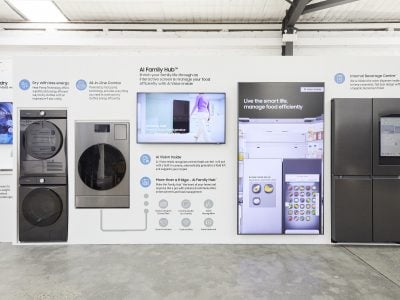The International Waste Electrical and Electronic Equipment (WEEE) highlighted growing concerns about the massive generation of “e-waste” comprising 5.3 billion mobile phones to be thrown away.
This year, worldwide WEEE added up to a total of 57.4 million tonnes, a 7% jump from WEE generation in 2019 which was estimated to be 53.6 million metric tonnes (Mt), as reported by Global E-waste Monitor 2020 that was generated in 2019.
Amongst small Electrical and Electronic Equipment (EEE) which are hoarded or discarded, mobiles ranked fourth. With components of gold, silver, palladium, copper, and other materials, hoarding of mobile phones leads to an enormous amount of waste which could have been sent for recycling.
“People tend not to realise that all these seemingly insignificant items have a lot of value and together at a global level represent massive volumes,” WEEE director general Pascal Leroy said.

Last week, WEEE organised the International E Waste Day with the slogan “Recycle it all, no matter how small!” to target small electronic devices which increase waste generation.
“In 2022 alone, small EEE (Electrical and Electronic Equipment) items such as cell phones, electric toothbrushes, toasters and cameras produced worldwide will weigh an estimated total of 24.5 million tonnes – four times the weight of the Great Pyramid of Giza”, says Magdalena Charytanowicz of the WEEE.
The WEEE says its research shows the “mountain” of electrical and electronic waste – from washing machines to tablets and computers- will grow up to 74 million tonnes a year by 2030.
“These devices offer many important resources that can be used in the production of new electronic devices or other equipment, such as wind turbines, electric car batteries or solar panels – all crucial for the green, digital transition to low-carbon societies.”
“And these small items make up a significant proportion of the 8% of all e-waste thrown into trash bins and eventually landfilled or incinerated.”
“This year’s focus for International E-Waste Day is the crucial role each of us has in making circularity a reality for e-products. Every tonne of WEEE recycled avoids around 2 tonnes of CO2 emissions. If we all do the right thing with our e-waste we help to reduce harmful CO2 emissions,” said Mr Leroy.
The WEEE Forum has been actively involved in collecting, de-polluting, recycling or preparing for re-use more than 30 million tonnes of WEEE.
“Providing collection boxes in supermarkets, pick-up of small broken appliances upon delivery of new ones and offering PO [post-office] boxes to return small e-waste are just some of the initiatives introduced to encourage the return of these items,” said Mr Leroy.














































